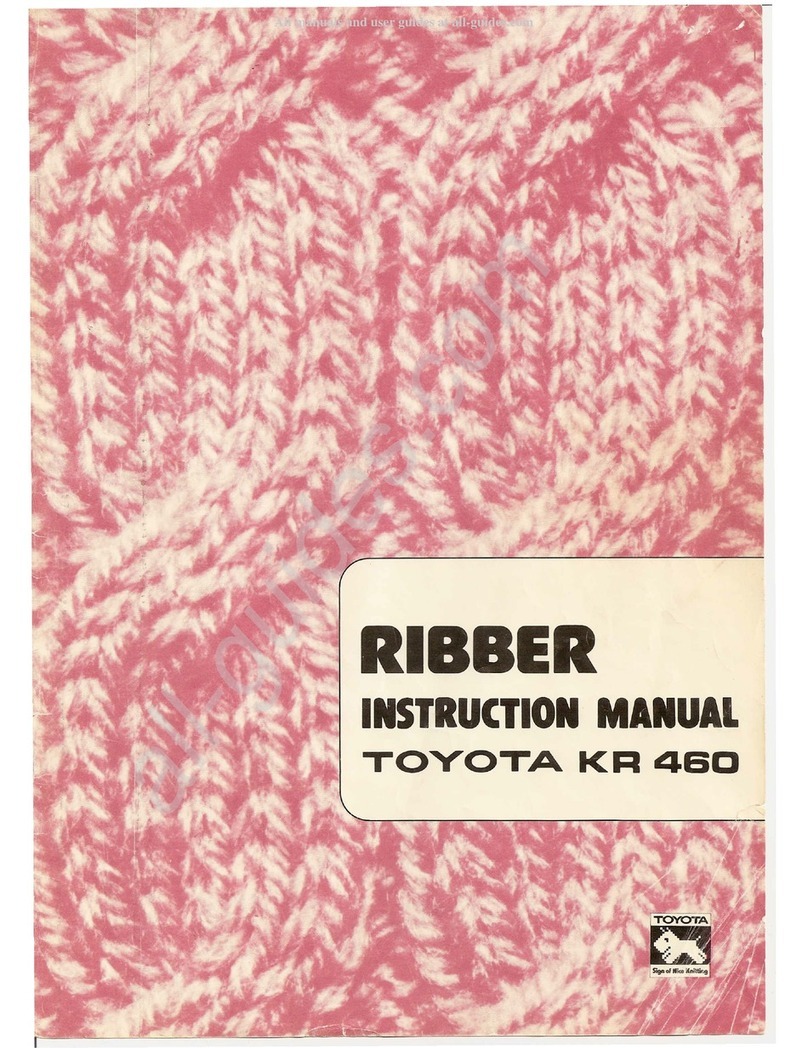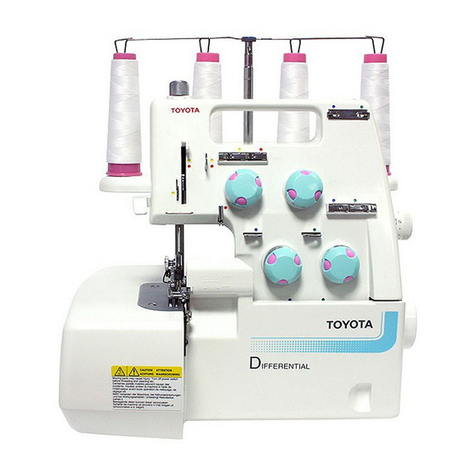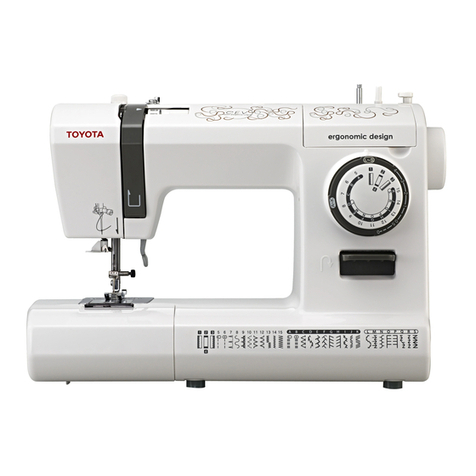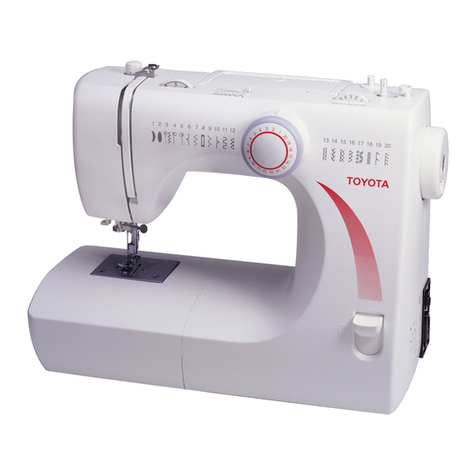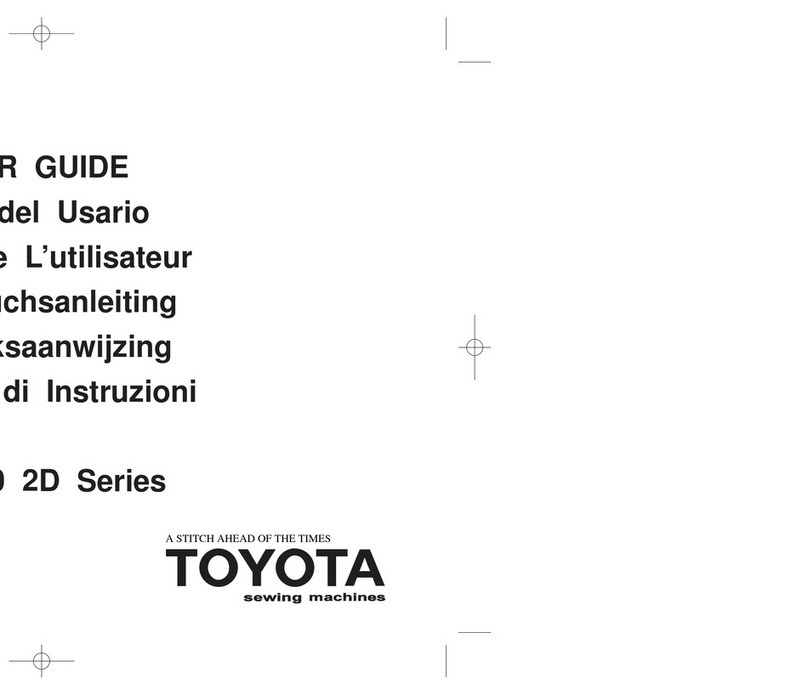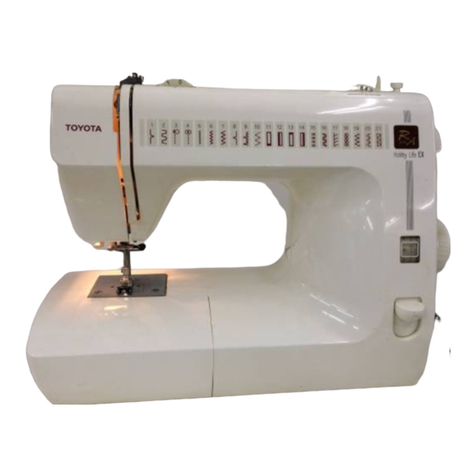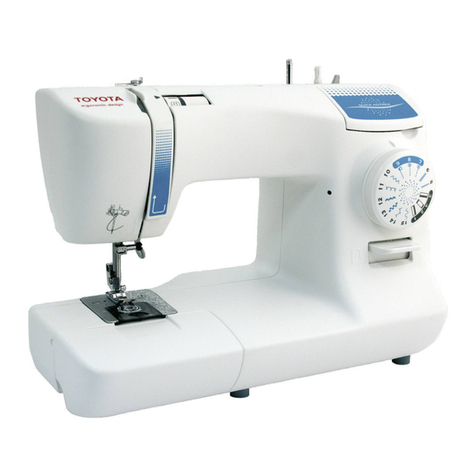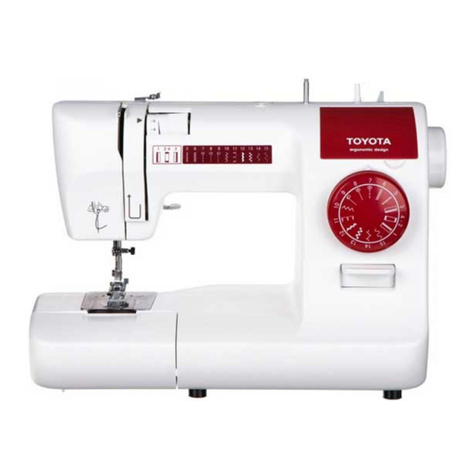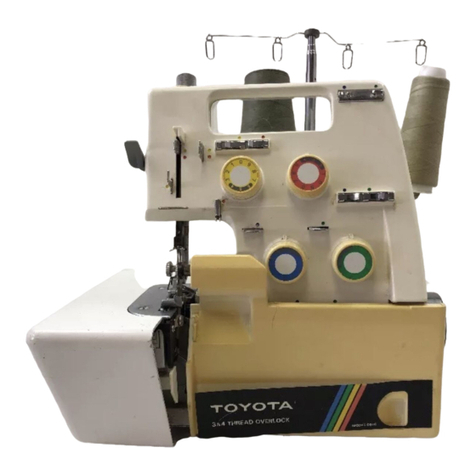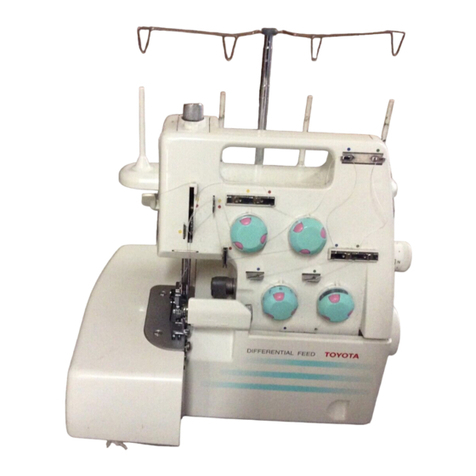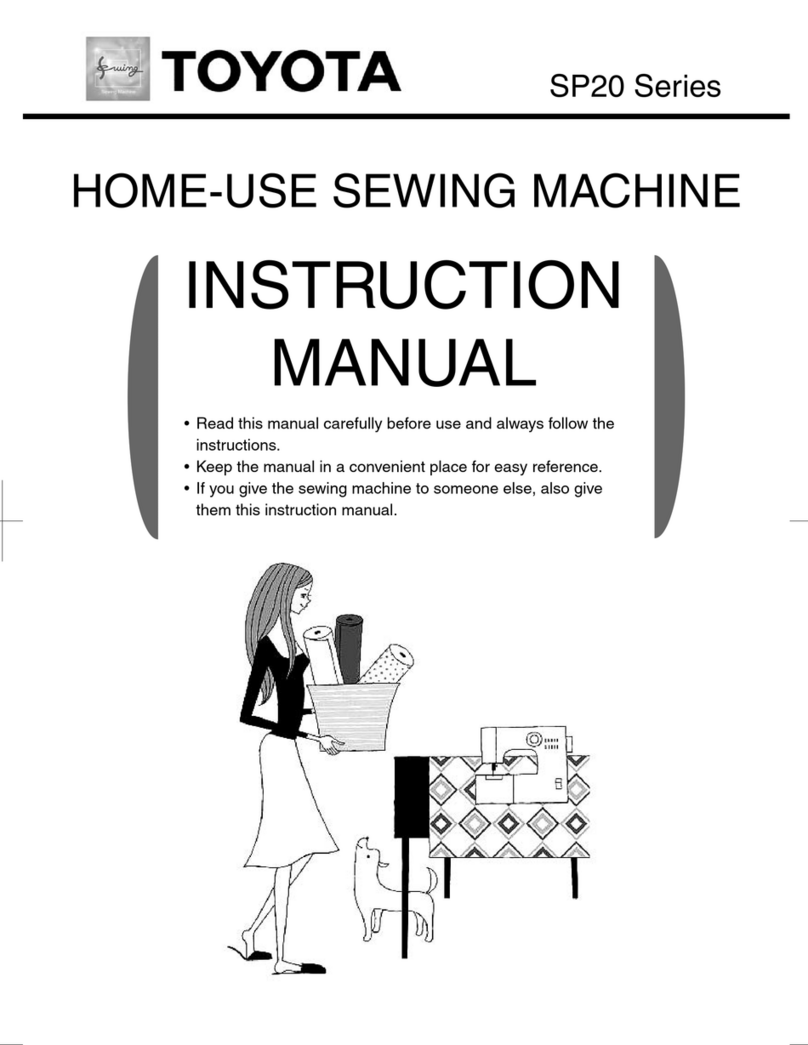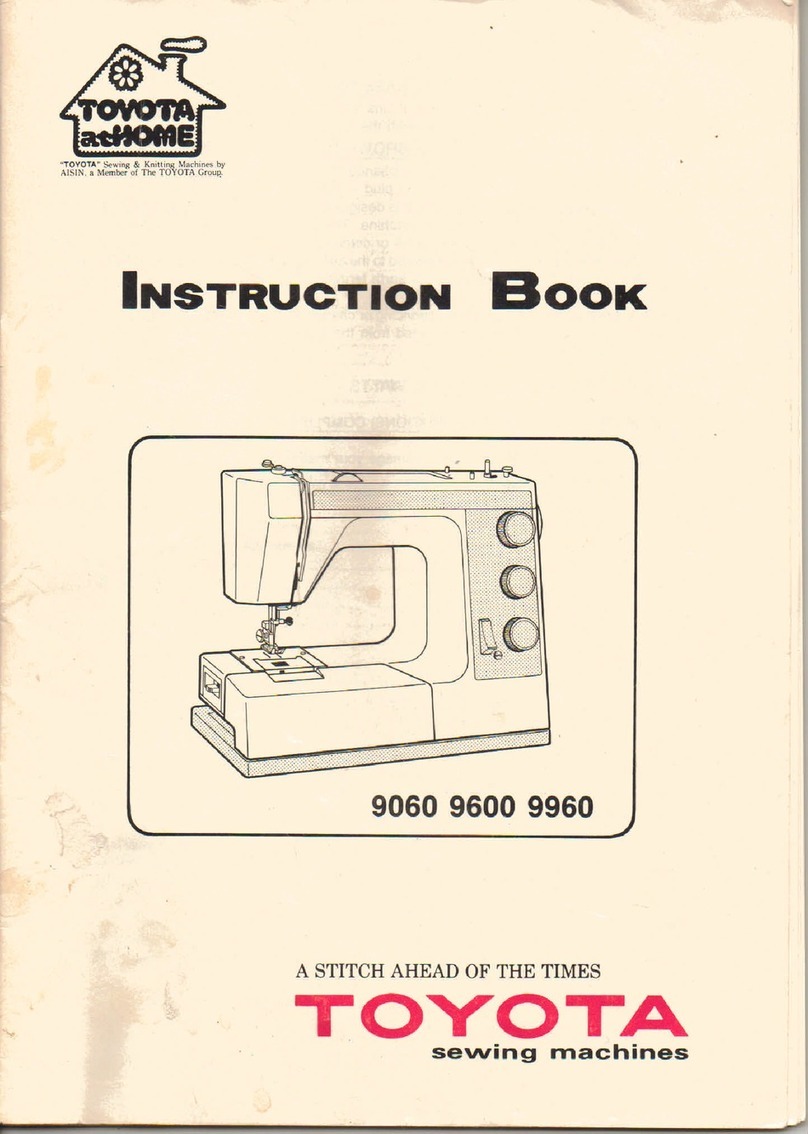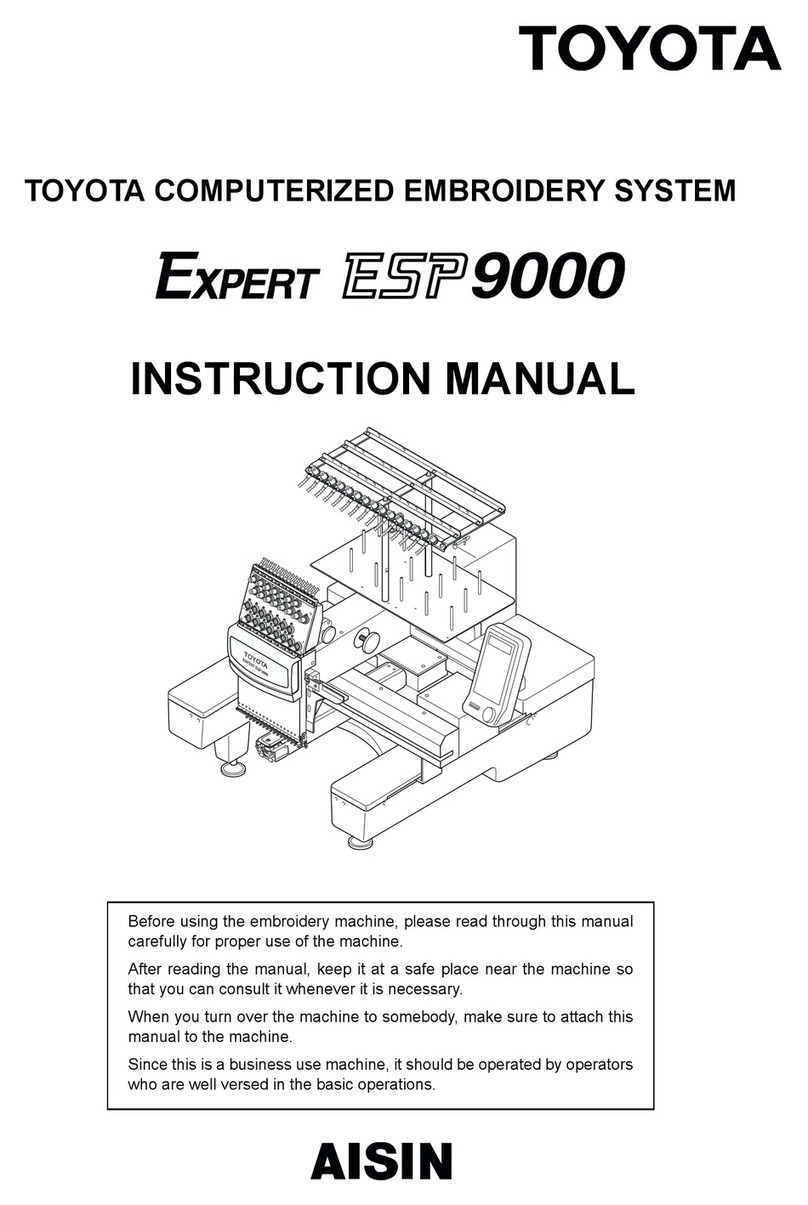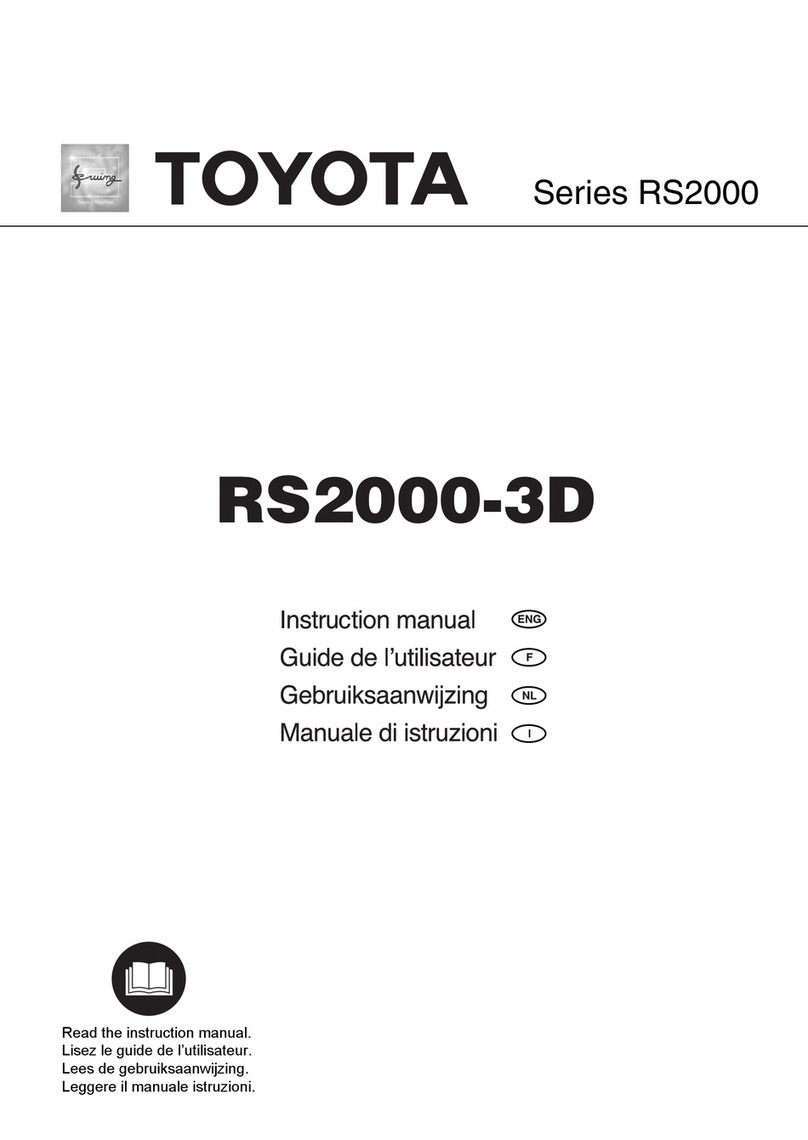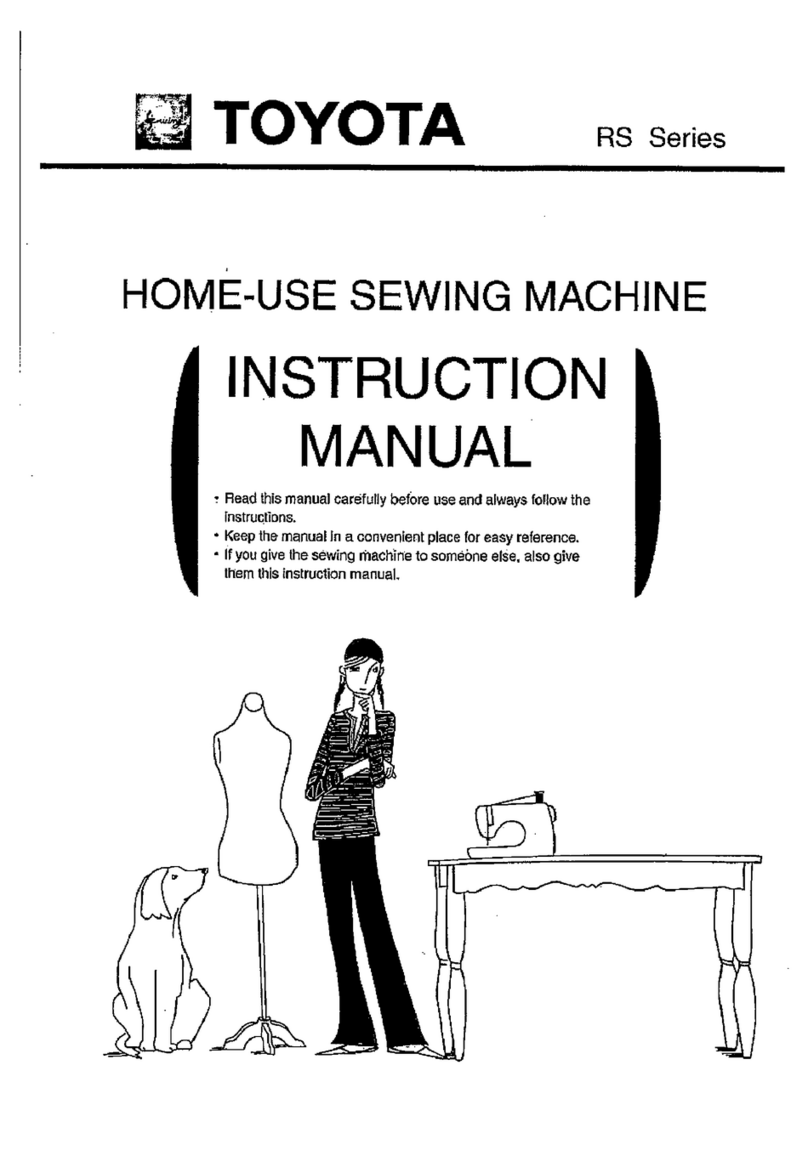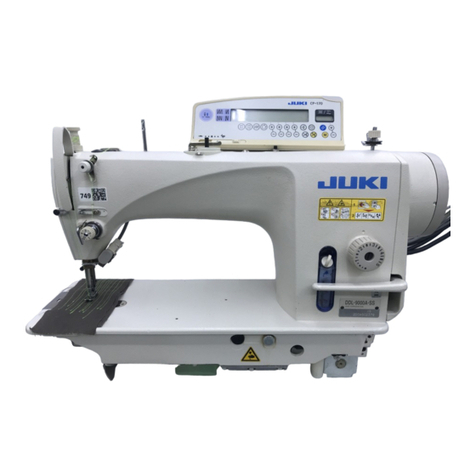5
EN
7 Sewing (utility stitching)
Basic operations ...............................................................................................................................54
■Straight stitch...........................................................................................................................54
■Ending stitching.......................................................................................................................55
■Thread cutting..........................................................................................................................55
■Reverse sewing........................................................................................................................55
■One stitch sewing ....................................................................................................................56
Advanced operations........................................................................................................................57
■Zigzag sewing...........................................................................................................................57
■Overcasting ..............................................................................................................................58
■Blind hem stitching..................................................................................................................60
■Zipper insertion........................................................................................................................63
■Buttonhole sewing...................................................................................................................66
■Shortening jeans......................................................................................................................68
8 Basics of OEKAKI (free-motion embroidering)
Features of OEKAKI (free-motion embroidering)...........................................................................72
Relationship between the needle, thread and fabric in OEKAKI mode, and adjusting the thread
tension................................................................................................................................................73
9 Sewing (free-motion embroidering)
OEKAKI (free-motion embroidering) preparations ........................................................................74
Practicing free-motion embroidering..............................................................................................78
Tacking...............................................................................................................................................84
10 Special sewing tips
Sewing thick or thin fabrics .............................................................................................................86
Sewing tube-shaped fabrics.............................................................................................................86
Sewing leather and vinyl ..................................................................................................................87
Sewing equally spaced lines of stitching .......................................................................................87
Adjusting the thread tension............................................................................................................88
When the fabric cannot be removed from the sewing machine ...................................................90
11 Troubleshooting
When the sewing machine is operating incorrectly.......................................................................92
When an error code appears............................................................................................................96
12 Maintenance and storage
Feed dog and hook maintenance ....................................................................................................98
Storage precautions........................................................................................................................103
13 Others
Recycling .........................................................................................................................................104
Servicing double-insulated products (230V–240V)......................................................................104
Specifications..................................................................................................................................105



